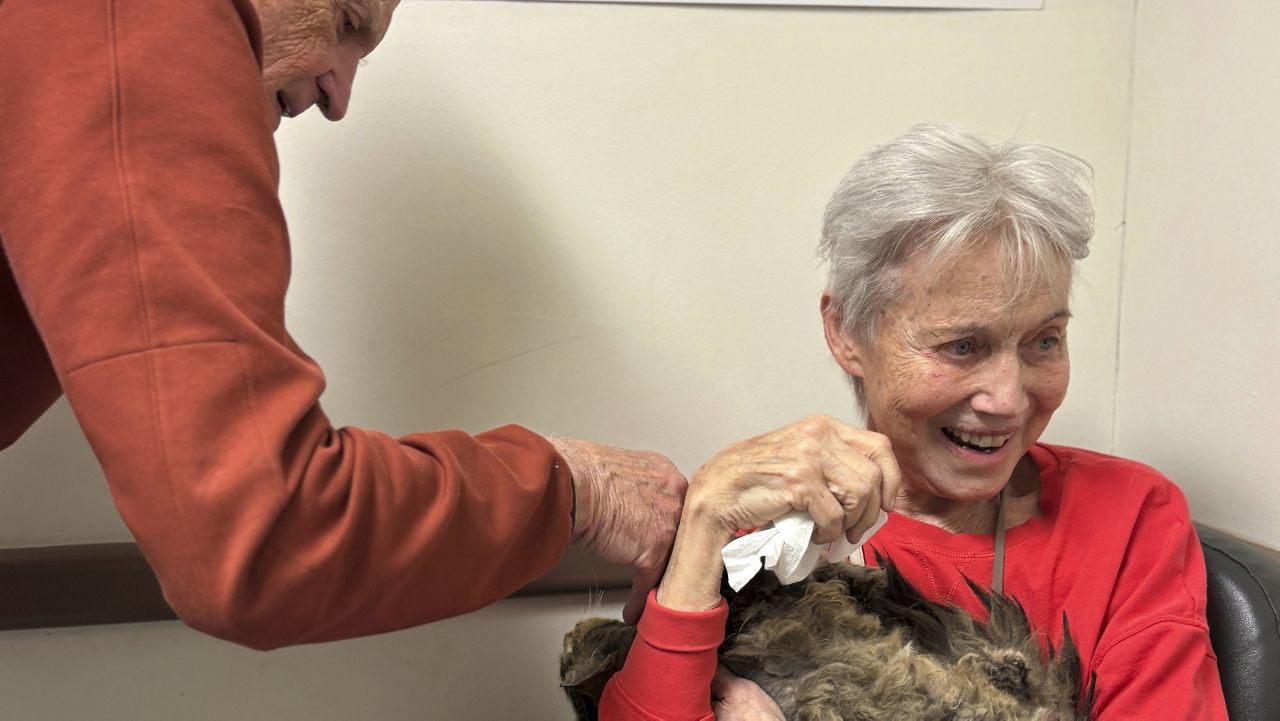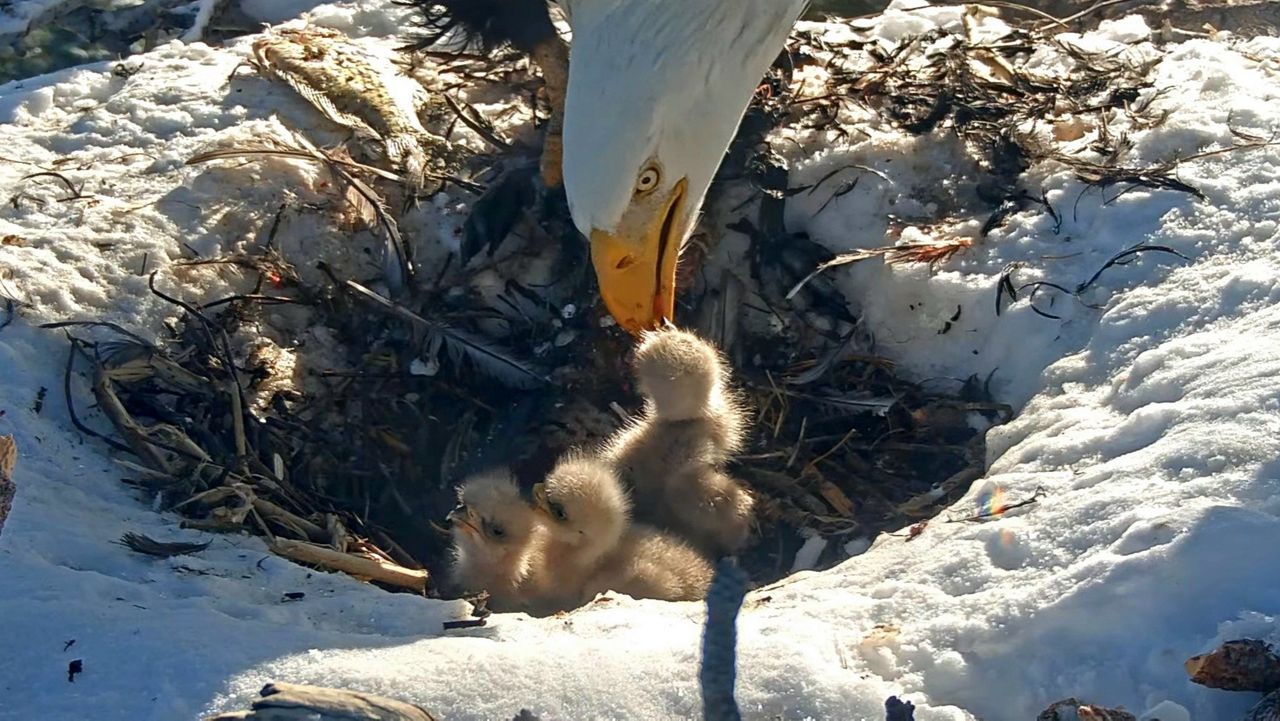NEWBURY PARK, Calif. — We all know P-22 isn’t afraid of the limelight.
The mountain lion has been spotted strutting through the Hollywood Hills and, this week, caused quite a stir when he was seen in Silver Lake — the farthest south his collar has ever been recorded.
What You Need To Know
- Scientists with the National Park Service recently combed through 15 years of data from a 20-year mountain lion study
- On average, 99% of their locations are in natural areas
- Even P-22, one of the most urban cats spent less than 10% of his time in developed areas
- Biologists say it doesn’t mean animals are behaving differently, it just means there are more cameras
Seth Riley, wildlife branch chief for the National Park Service, oversees the big cat study that’s been underway for 20 years. Collared and un-collared cats are being captured on camera, but he says all of this fabulous feline footage may not be giving us a clear picture.
“People are perceiving that animals are around, including mountain lions, more so than they used to, but that doesn’t mean that that’s actually the case,” Riley said. “It doesn’t mean the animals are behaving differently. It just means that people have these cameras everywhere, and they are picking it up.”
Riley and his colleagues recently analyzed the study’s first 15 years of data. This involved tracking from 29 different collared animals and 130,000 distinct GPS locations. And what they found is that pumas don’t want to hang out with us.
“The vast, vast majority of the time, like 99% of their locations on average, are in natural areas,” Riley explained. “About 1% of… the GPS locations were in a developed area.”
The findings were featured in Wildlife Management Magazine, with P-22 — the Brad Pitt of cougars — gracing the cover. This is the first time the National Park Service has published a major description of what the mountain lions are doing out there. And as Riley explained, they really do prefer to keep their distance, on average staying roughly a kilometer away from residential spaces.
Adult females were found to be even less likely to come to town. In fact, based on data from half of the cougars tracked, the most likely to venture into urban areas have been P-22 and P-41 in the Verdugo mountains — but even with them, it was still less than 10% of the time.
So when they pay us a visit, the question is, why? Riley isn’t certain but has a hypothesis. Mountain lions snack on deer, and deer need fresh vegetation and water. During dry periods, they are more likely to find that in developed neighborhoods, and where the prey goes, the predators follow.
“So deer might be hanging out near residential areas,” Riley said. “And that might be a reason why mountain lions are closer to development than we might expect.”
The data also gave another insight: When cougars come close, it’s usually at night — probably to avoid people — “which is a good thing for everyone, for the mountain lions and the people,” said Riley.
Riley also pointed out that these animals can roam a large territory and move fast, so just because one strolls down your street, he said, “that doesn‘t mean the mountain lion lives at your house, right? They could be literally miles away within a few hours and often are.”
Only two mega cities on the entire planet have large cats: Mumbai, India, has leopards, and there are the mountain lions in Los Angeles — and that’s it.
It’s such a unique and special situation, which is why Riley is devoted to studying it. The goal of the data is to understand what’s going on with the population so he can better protect it. His work has been instrumental in the development of the Liberty Canyon Wildlife Bridge, which is expected to break ground in the next few months.
“I feel like every day, you go out and you don’t know what new thing you might learn,” he said. “I mean, that’s the great thing about science, right?”
Does camera footage shared in online neighborhood apps make it appear as mountain lions have suddenly taken over your street? According to recent research by the NPS, it’s actually the opposite. Cougars rarely enter developed areas. #santamonicamountains https://t.co/cqrB9WfH7K
— Santa Monica Mtns (@SantaMonicaMtns) January 27, 2022










